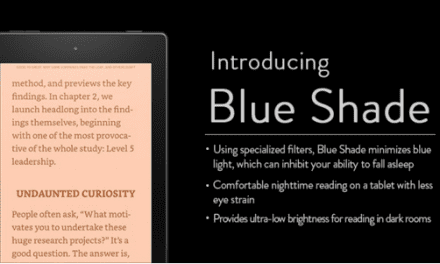Wearable makers are exploring medical use-cases to make their devices useful for millions with chronic illnesses rather than just fitness lovers, reports CNBC.
More specifically, Heneghan’s team is looking into using optical technologies that shine a light into the skin. Blood that is highly oxygenated is red, but gets bluer with less oxygen. The technology tracks dips in oxygen levels during the night, a possible indicator of sleep apnea.
“We’re leveraging the fact that Fitbit has experience in optical electronics, and making them small and power efficient,” said Heneghan.


